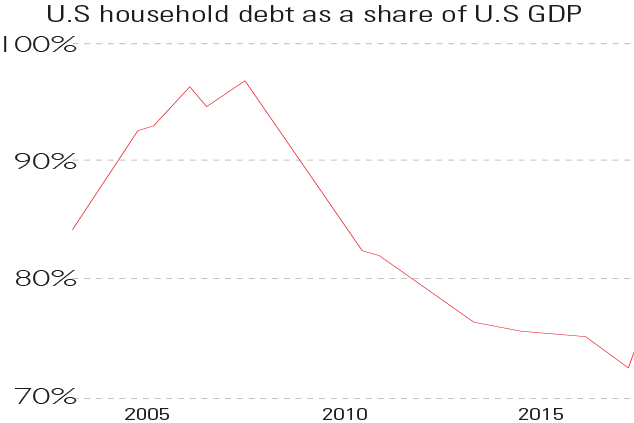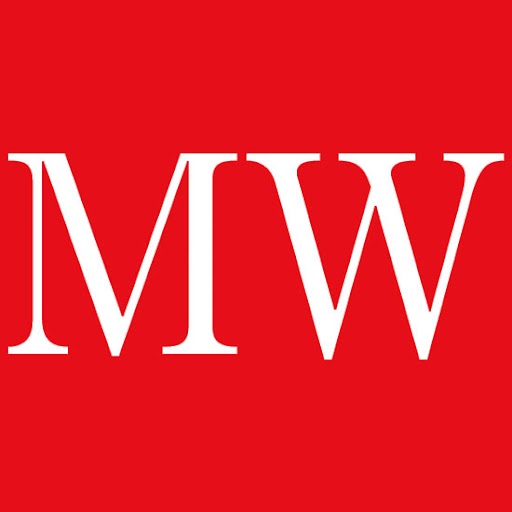
American households were traumatised by the Great Recession, which was the worst for 70 years, says Fortune's Geoff Colvin. They finally stopped shopping and paid some debt back after decades of borrowing and spending.
The absolute level of consumer debt fell from the 2008 peak of $12.3trn and has ticked up gently since around 2013 to a new high of almost $14trn. But the days of "debt-crazed" shopping are over. In terms of GDP, debt has kept sliding from a pre-crisis 99% to around 76% as overall growth has eclipsed the pace of household borrowing increases. And households now save a "prudent" 8.1% of their income. The personal savings rate plummeted to zero in 2006 and 2007.
Viewpoint
Jim Rickard, Hard Assets Alliance
MoneyWeek
Subscribe to MoneyWeek today and get your first six magazine issues absolutely FREE

Sign up to Money Morning
Don't miss the latest investment and personal finances news, market analysis, plus money-saving tips with our free twice-daily newsletter
Don't miss the latest investment and personal finances news, market analysis, plus money-saving tips with our free twice-daily newsletter
Get the latest financial news, insights and expert analysis from our award-winning MoneyWeek team, to help you understand what really matters when it comes to your finances.
MoneyWeek is written by a team of experienced and award-winning journalists, plus expert columnists. As well as daily digital news and features, MoneyWeek also publishes a weekly magazine, covering investing and personal finance. From share tips, pensions, gold to practical investment tips - we provide a round-up to help you make money and keep it.
-
 ISS backs Edinburgh Worldwide’s board as Saba questions SpaceX selloff
ISS backs Edinburgh Worldwide’s board as Saba questions SpaceX selloffShareholder advisor ISS has recommended that shareholders vote against Saba’s proposals to replace the board of the Baillie Gifford-managed investment trust
-
 13 tax changes in 2026 – which taxes are going up?
13 tax changes in 2026 – which taxes are going up?As 2026 gets underway, we look at what lies ahead in terms of changes to tax rates and allowances this year and how it will affect you.

